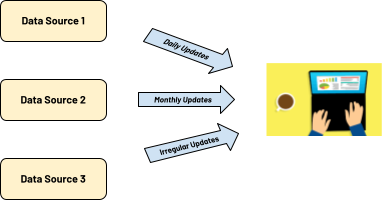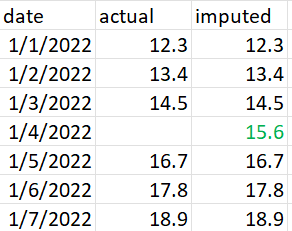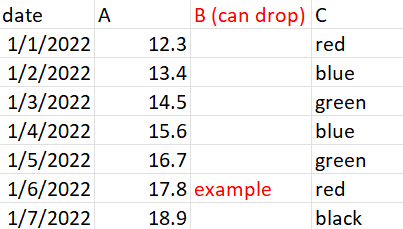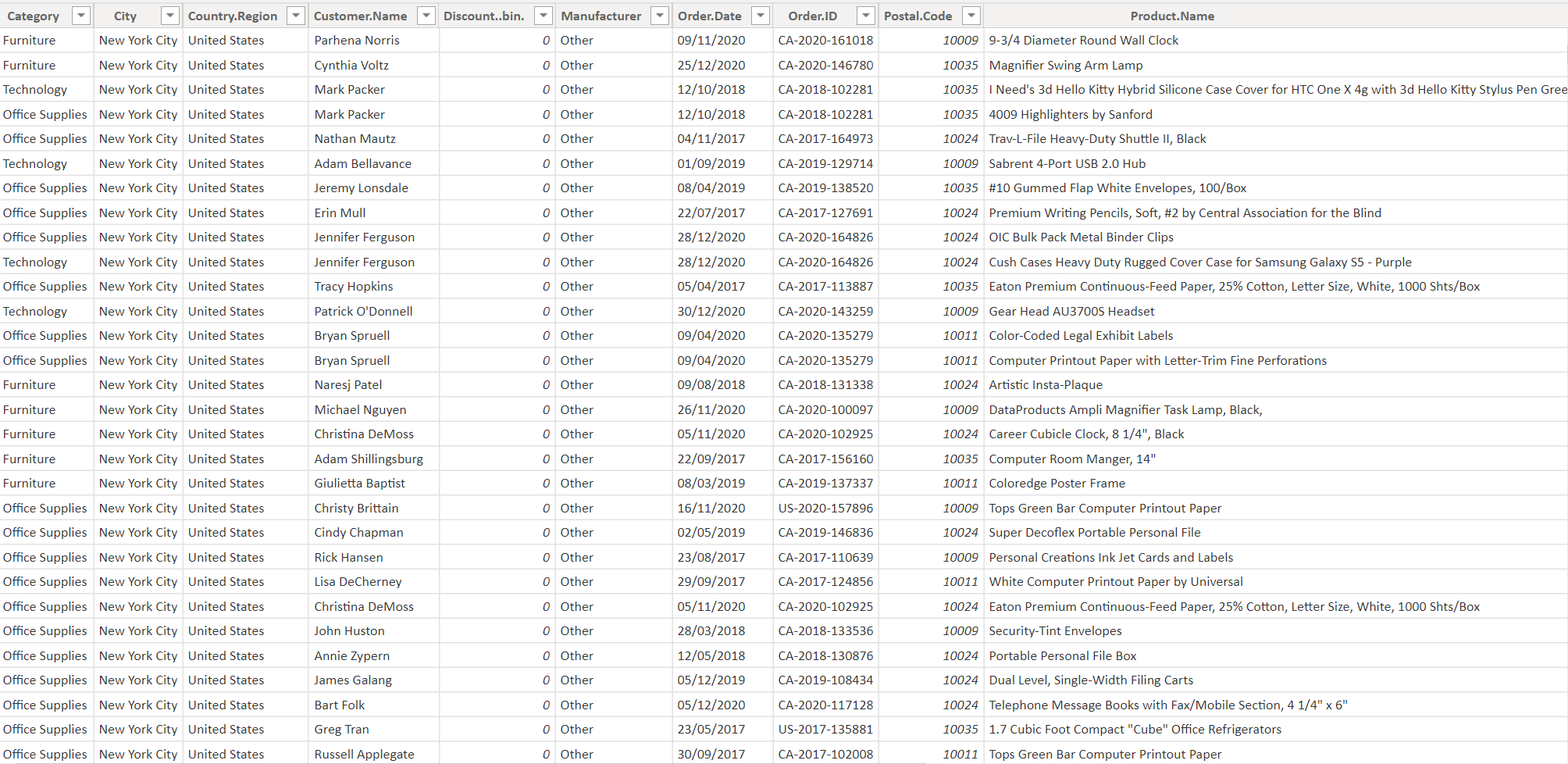Basics of time series data transformation
Time Series Analysis in Power BI

Kevin Barlow
Data Analytics Professional
Context and importance
- Time series data has become increasingly prevalent in every industry.
- Different systems have different requirements and formats.

ISO as the international standard
ISO 8601
- An international standard for managing date and time data
- Allows for translation of dates and times into different formats
- Provides localization and personalization for individual needs
- Manipulate your date field with
FORMAT()
Example Date:
var date = January 1st 2022
# US Standard (MM DD YYYY)
var date2 = FORMAT(date, "DD MM YYYY")
# UK Standard
# 1 January 2022
var date3 = FORMAT(date, "YYYY MM DD")
# ISO Standard
# 2022 January 01
UNIX for high-precision timestamps
UNIX Time
- Also referred to as Epoch time
- Signified the number of seconds that have passed since the Epoch time (January 1st, 1970, at 00:00:00 UTC)
- UNIX time typically applies to computer systems
- Represents a timestamp (date and time)
Example dates and times
January 1st, 2022 06:00:00 UTC
1641016800
January 1st, 2022 18:00:00 UTC
1641060000
Manipulating dates in Power BI
DATEADD()
Allows you to move a specified number of time intervals from a reference date.
DATEADD(<dates>,<number_of_intervals>,<interval>)
Examples:
DATEADD('date', 30, DAY)
var timestamp_PST =
DATEADD('timestamp_EST', -3, HOUR)
DATEDIFF()
Calculates the number of time intervals between two date objects.
DATEDIFF(<Date1>, <Date2>, <Interval>)
Examples:
DATEDIFF(DATE(2019,2,1),
DATE(2020,4,30),
MONTH)
Result: 14
Summarizing data with DAX
Time Series does not always come in regular intervals, and depends on how the data is collected. This can be problematic:
- Time algorithms and equations assume a consistent interval
- Significant changes can happen in between data points
SUMMARIZE() your table to "smooth" out the dataset. By aggregating our dataset, we can still get valuable information on trends, even if data is missing or irregular.
Example:
SUMMARIZE('<table>',
[group_column(s)],
[new aggregated column(s)])
SUMMARIZE('sales',
sales[Quarter],
sales[Region],
"Total Sales", SUM(sales[revenue]))
Handling missing data
Imputation - a useful strategy when we have lots of context about what the missing data value should be; this is often done when in Power Query.

Dropping data - can be used when a row or column is missing significant amounts of data; should be avoided unless strongly benefits our analysis

Superstore dataset
In the following exercises, you will be looking at the Superstore dataset. This dataset represents Point of Sale (PoS) data for Superstore locations across the United States. With it, you will be formatting dates to a correct format for further analysis.

Let's practice!
Time Series Analysis in Power BI

